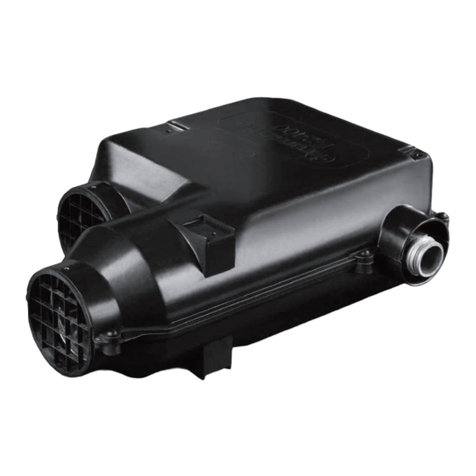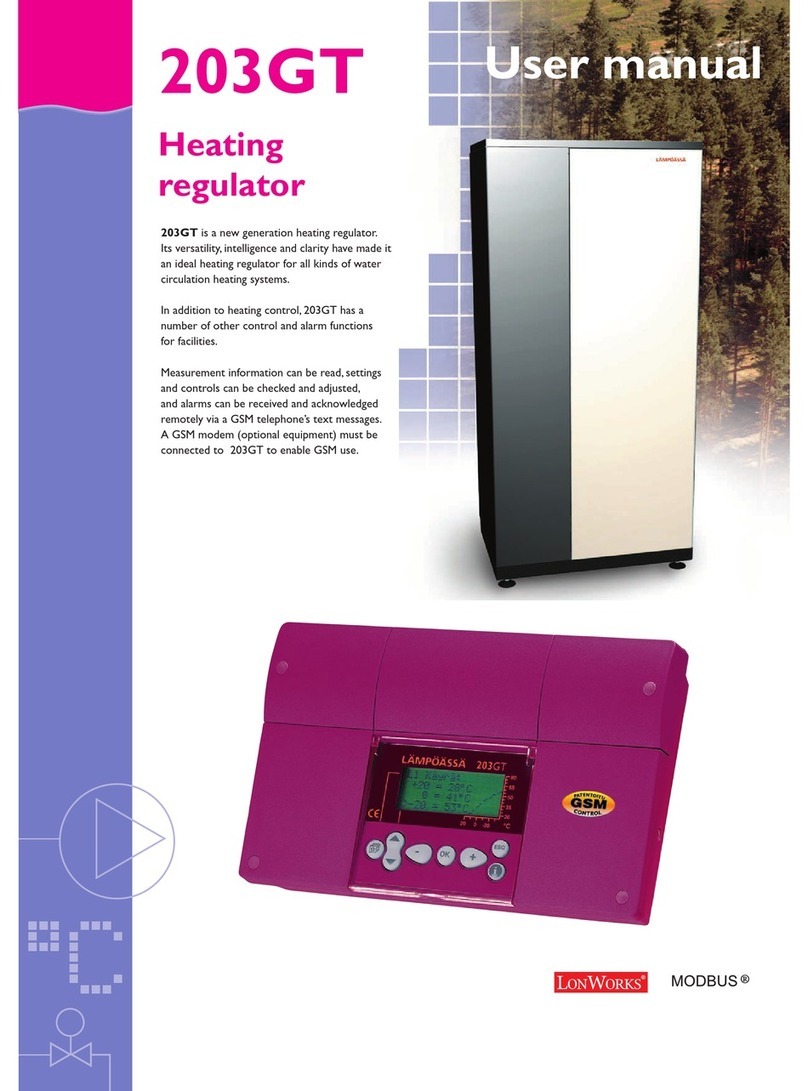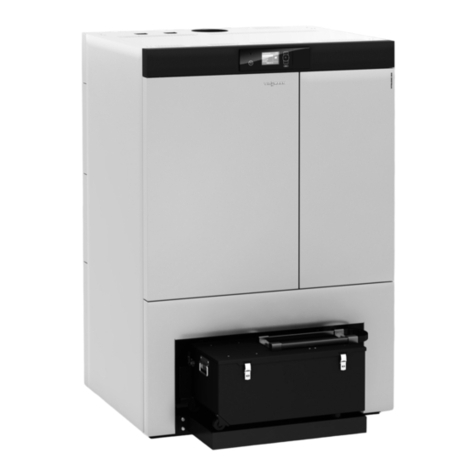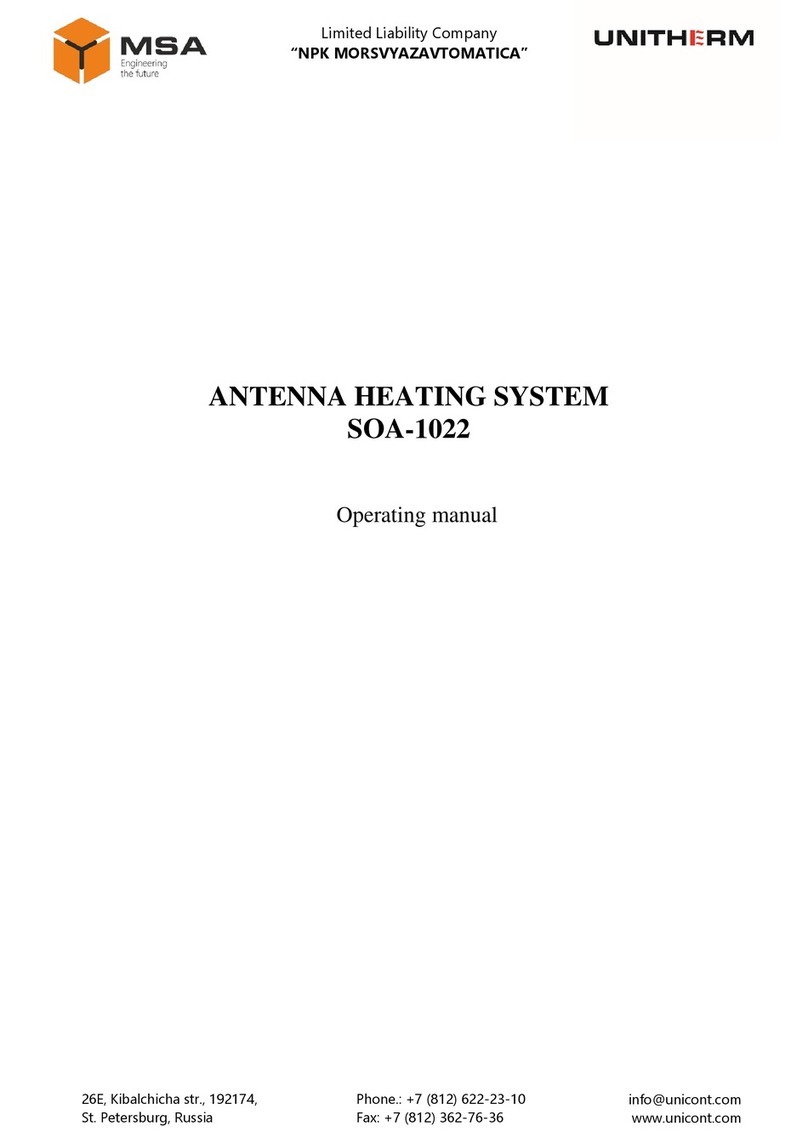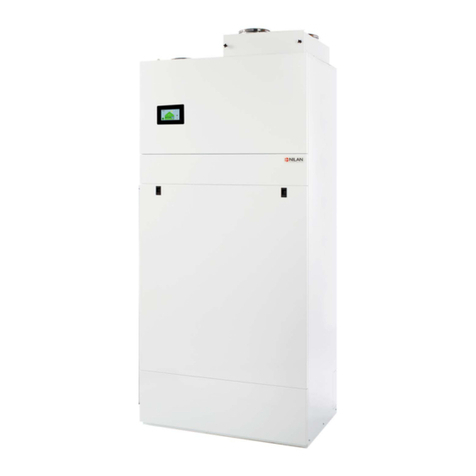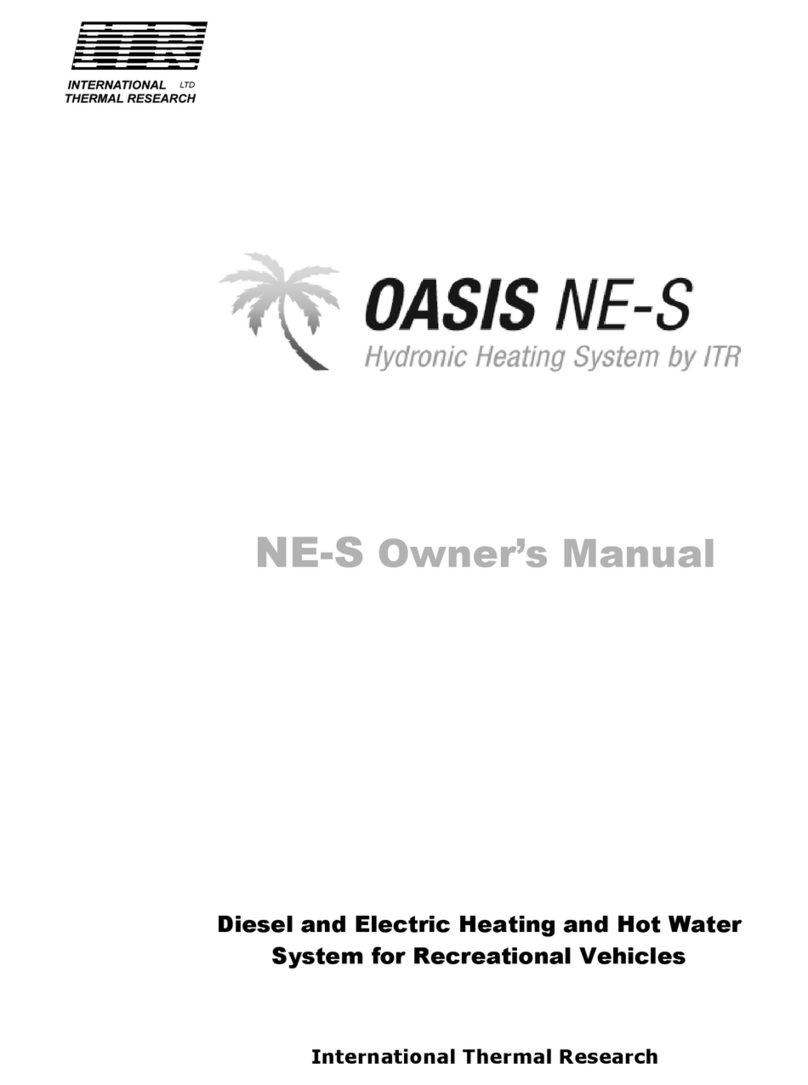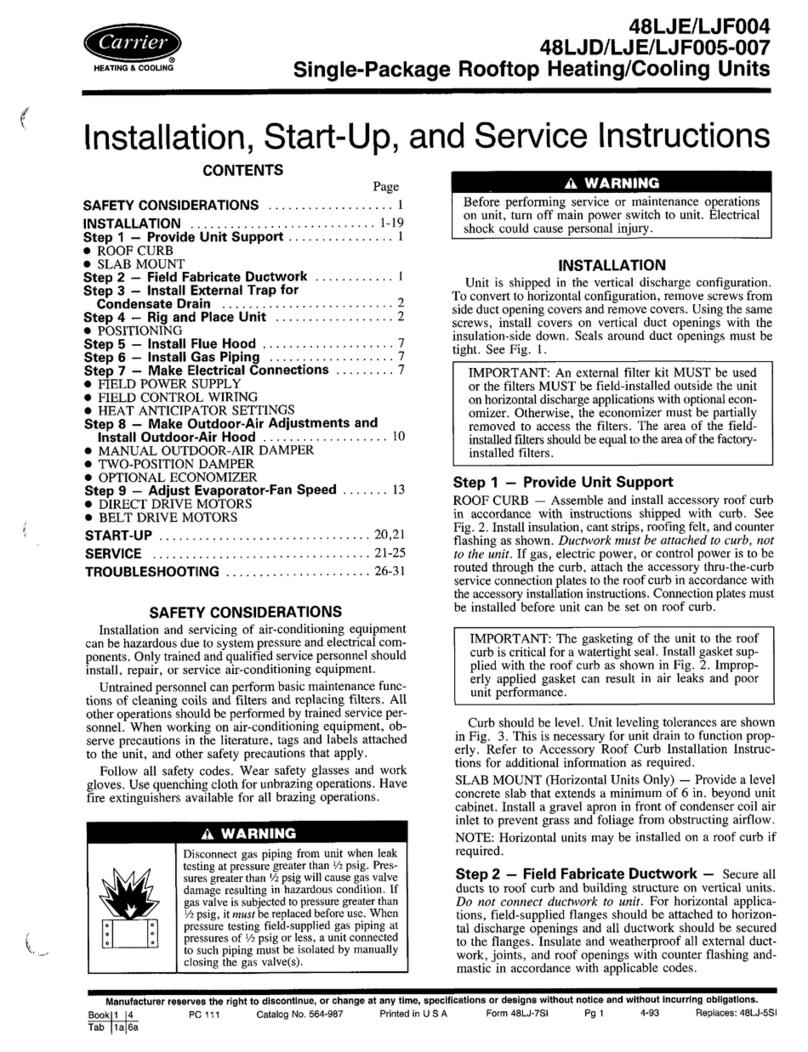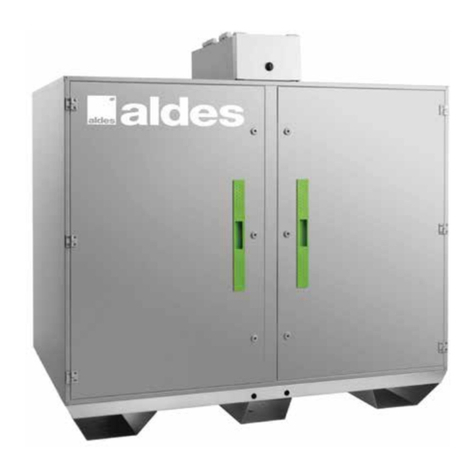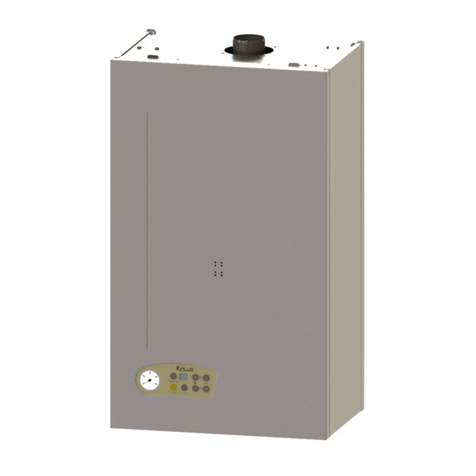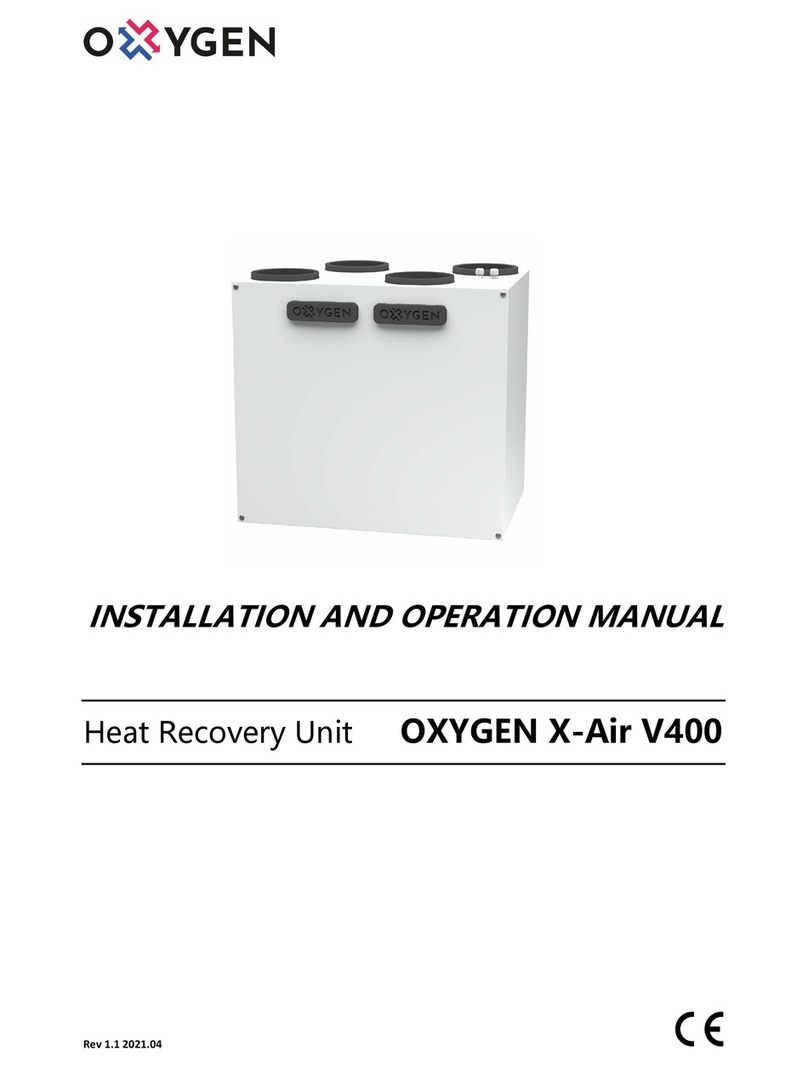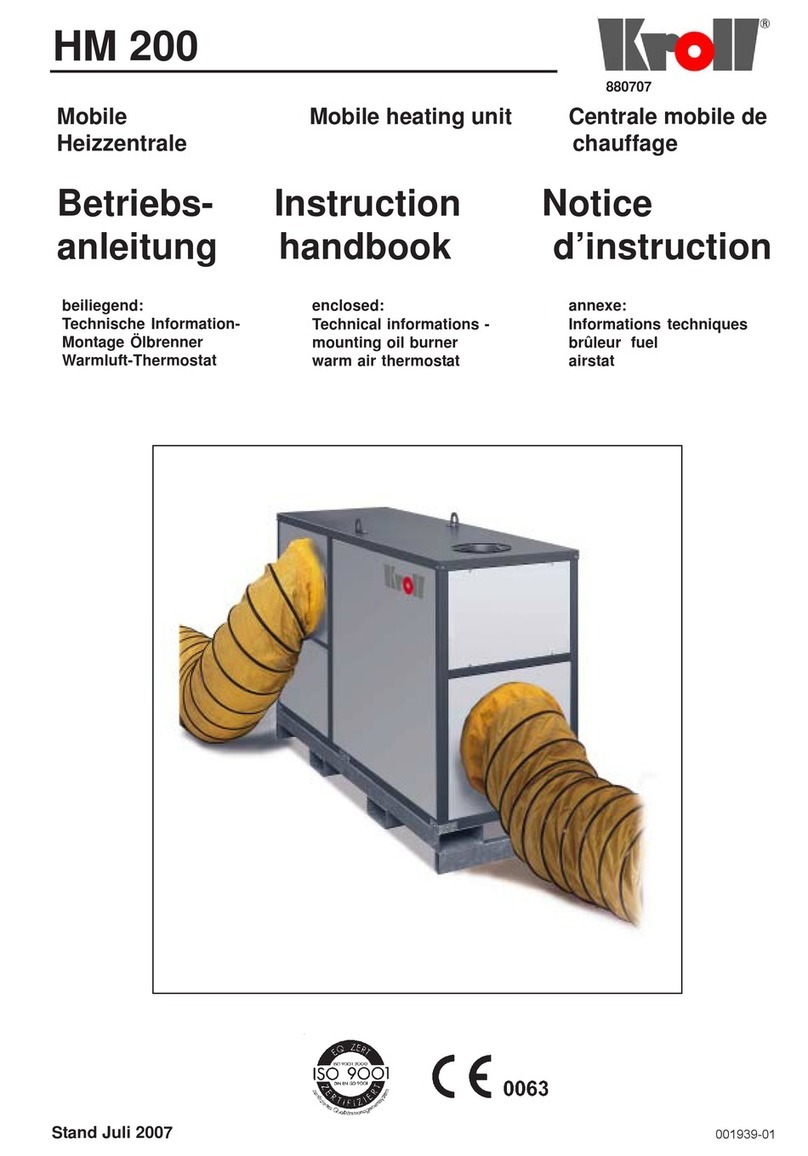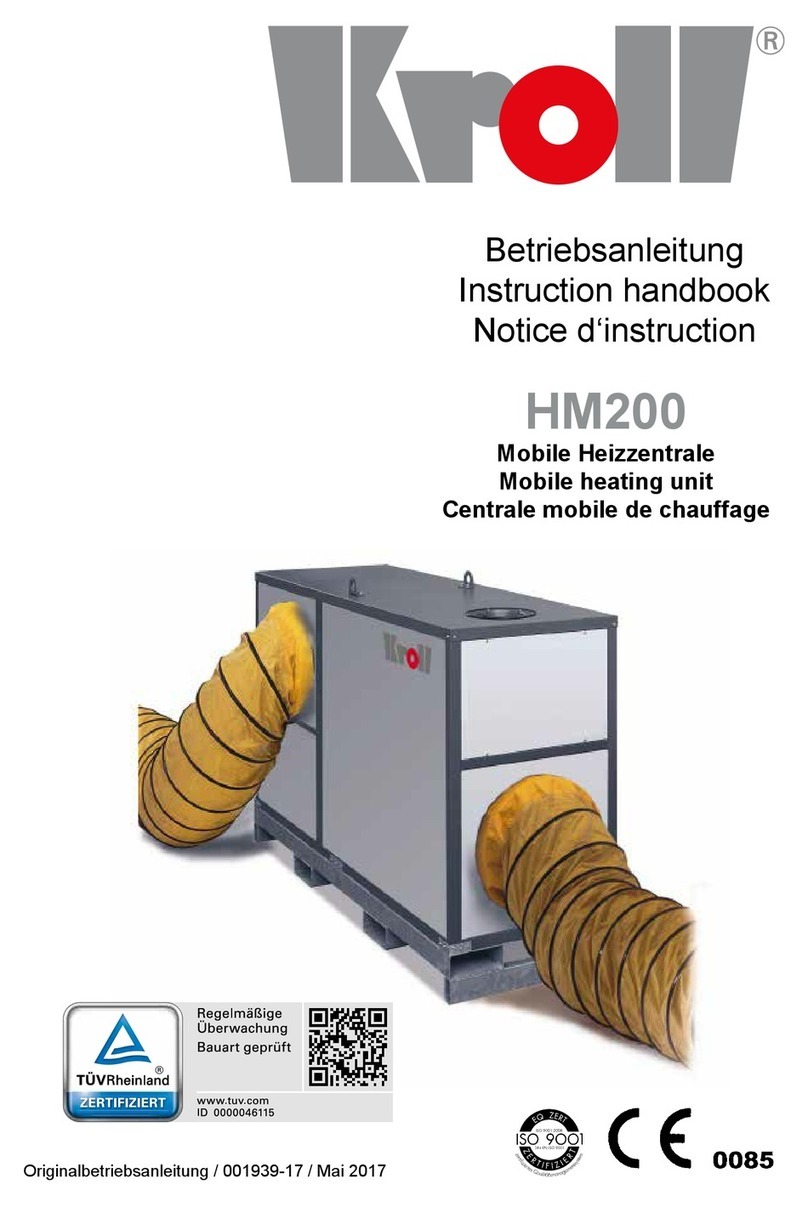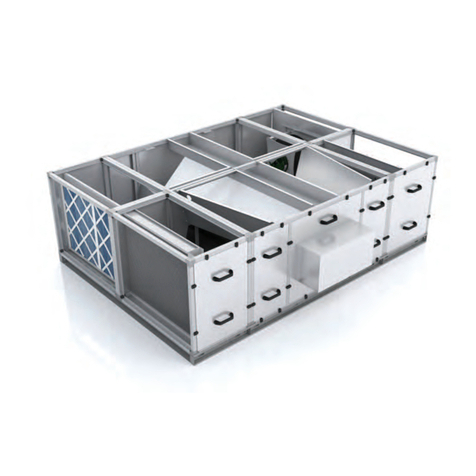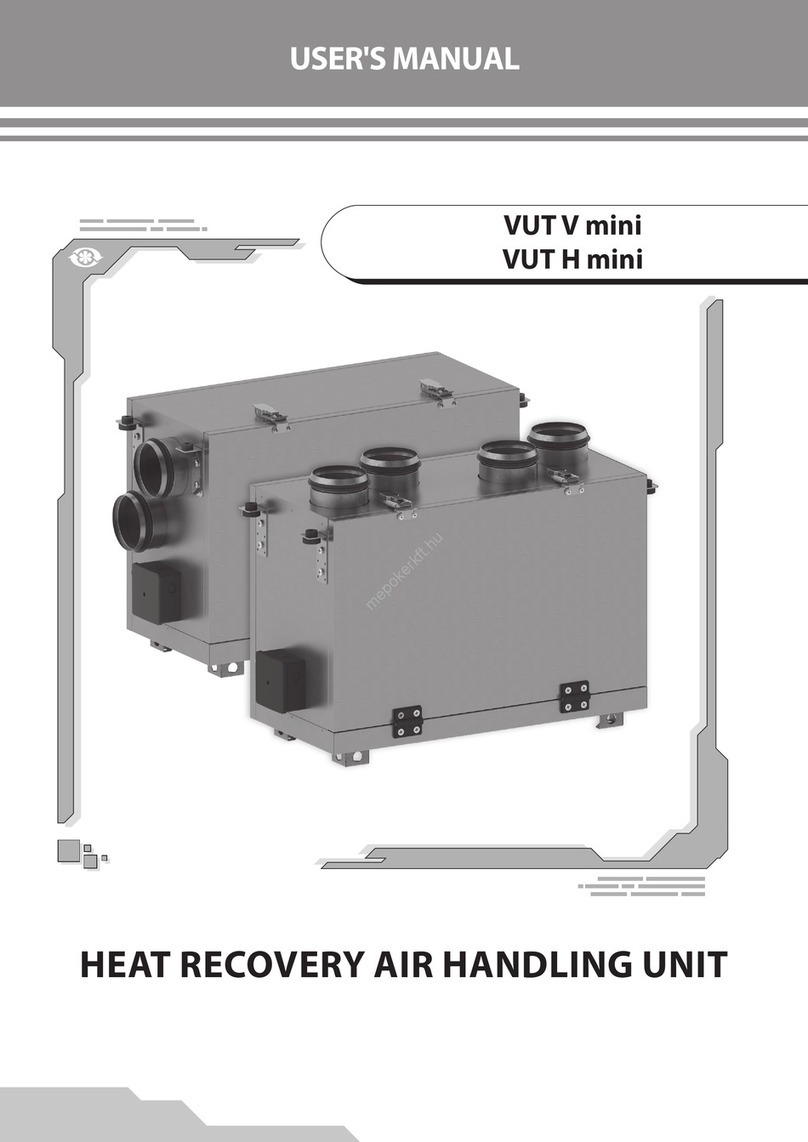
General General information
1 General
1.1 General information
Copyright
All contents of this document are property of ETA
Heiztechnik GmbH and are protected by copyright.
Any reproduction, transfer to third parties or use for
other purposes is prohibited without written permission
from the owner.
Subject to technical changes
We reserve the right to make technical modifications
without notice. Printing and typesetting errors or
changes of any kind made in the interim are not cause
for claims. Individual configurations depicted or
described here are only available optionally. In the
event of contradictions between individual documents
regarding delivery scope, the information in our current
price list applies.
Software Description
The software version described in this documentation
corresponds to the version valid at the time of publica-
tion. The software version installed on your product
may differ from that described in this documentation.
A software update to a more recent version can
always be performed. With the appropriate au-
thorisation, the required files can be found at
"www.eta.co.at".
Explanation of symbols
Instructions and information
Layout of safety instructions
SIGNAL WORD!
Type and source of danger
Possible effects
• Measures for avoiding the danger
Types of safety instruction
CAUTION!
On non-compliance with this safety instruction, there is
a risk of material damage.
WARNING!
On non-compliance with this safety instruction, there is
a risk of physical injury.
DANGER!
On non-compliance with this safety instruction, there is
a risk of major physical injury.
1.2 Warranty, guarantee and liability
Requirements
We can only accept liability for the function of our
products if they are correctly installed and operated.
This is only possible if the conditions below are
complied with.
Installation in a dry, frost-proof room
A dry, frost-proof room is required for the installation.
pH value between 8 and 9
The pH value of water used to fill the heating system
must be between 8 and 9.
Frost protection for the secondary side
The maximum frost protection content must be
adjusted to the local conditions and checked on an
annual basis if frost protection is required, for example,
on the secondary side for outdoor heating systems.
Permissible water hardness
In order to protect the heat exchanger from calcifica-
tion, the water hardness of the heating water must be
taken into account. Observe the indications outlined in
ÖNORM H 5195-1, see 8 "Water hardness".
Expanding the control system
Only components provided by us may be used for
expanding the control system, unless these are
generally available standard devices, such as thermo-
stats.
Regularly perform cleaning and maintenance
Cleaning and maintaining the product is essential. The
required steps and intervals are either contained in this
documentation or included as a separate document.
Proper installation
The installing contractor is liable for proper installation
according to the corresponding installation instructions
and the relevant rules and safety regulations. If you as
customer have installed the heating system partly or
entirely without relevant training and in particular
